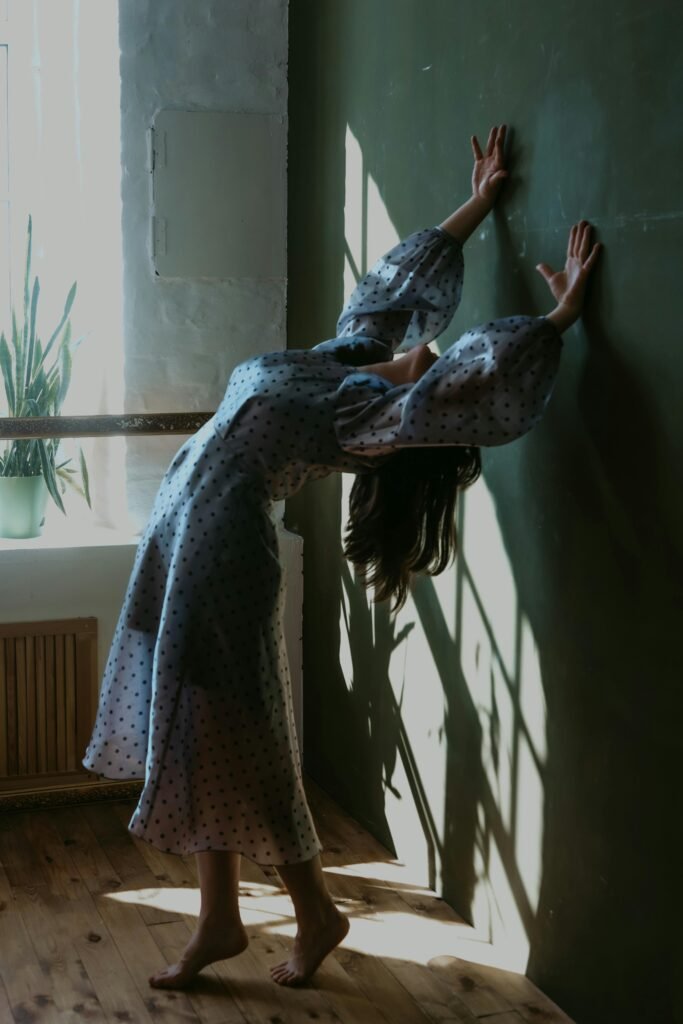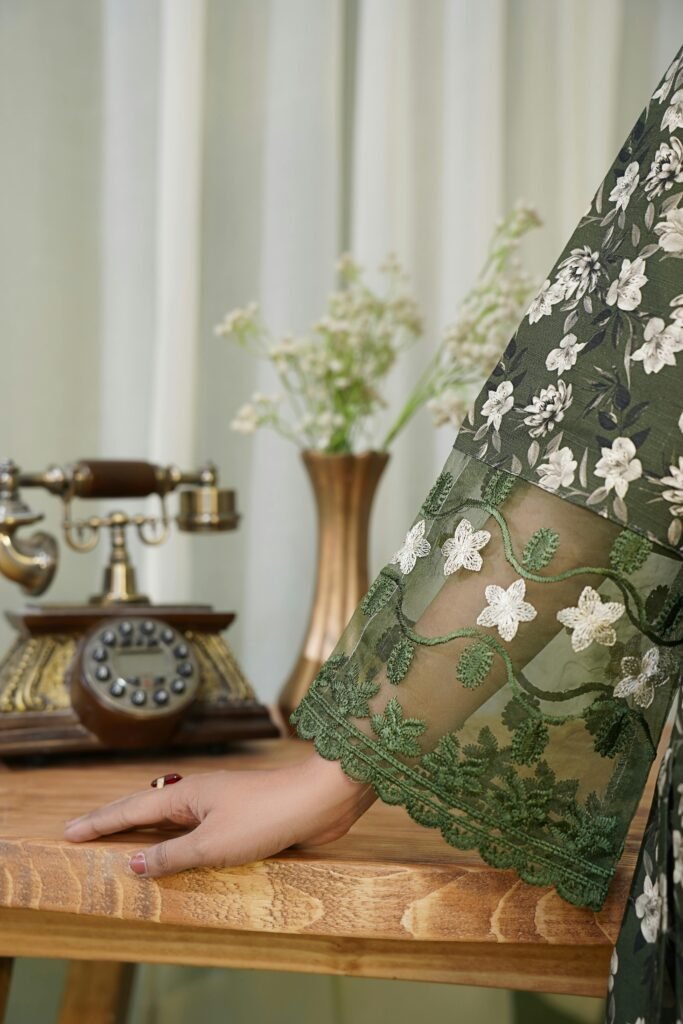Fashion creates a never-ending cycle of inspiration, reinterpretation, and rebirth by somehow bringing the past into the present. What was formerly considered out of date frequently reappears, but not as a relic but rather as a reinterpretation that appeals to modern preferences. Fashion’s ability to change, adapt, and surprise us is demonstrated by its cyclical nature. However, why does fashion is cyclical, and why is it so alluring to bring back previous styles? Let’s examine the intriguing history of fashion’s recurrent trends and how they influence our identities and wardrobes.
The Concept of Cyclical Fashion
The phenomena of designs and trends from previous decades resurfacing in contemporary wardrobes is known as cyclical fashion. Reimagining classic styles with a modern spin is more important than merely replicating them. Consider the recent victorious revival of 90s fashion, which has included bucket hats, baggy trousers, and chokers, but with modernized fabrics and styles.
The human propensity to romanticize the past, societal changes, and nostalgia all have an impact on this cycle, which is not random. Over time, things that were previously written off as “outdated” acquire a certain allure that makes them suitable for reimagining. Old trends are revisited by designers and businesses, who modify them to suit the preferences and way of life of contemporary consumers.
Historical Examples of Fashion Cycles
Fashion history offers countless examples of how trends reemerge over time:
The 20s and 60s Flapper Influence
In sharp contrast to the corseted styles of earlier decades, the Roaring Twenties brought loose, beaded gowns and striking embellishments. These fashions reflected the societal changes of the day and stood for liberation and revolt. With bolder designs, fringe accents, and shorter hemlines, flapper fashions are reinterpreted in the 1960s. In the 2010s, this trend reappeared because to films like The Great Gatsby, in which contemporary designs honored the classic styles of the past.
Denim’s Eternal Evolution
The best illustration of how fashion is cyclical is denim. Denim keeps making a comeback with little adjustments, from the high-waisted jeans of the 1970s to the acid-wash styles of the 1980s and the low-rise cuts of the early 2000s. All of these influences are combined now to provide alternatives for any taste; bell-bottoms, skinny jeans, and mom jeans may all be found on the same fashion racks.
The Renaissance of Y2K Fashion
Do you recall the shimmering textiles, butterfly clips, and sparkling tops of the early 2000s? Gen Z has embraced Y2K fashion as a retro-chic statement, and it has returned with a fury. Even companies like Von Dutch and Juicy Couture, which peaked in the early 2000s, have discovered a new market. This comeback has been accelerated by social media, where influencers curate styles influenced by the year 2000.
The Timeless Appeal of Polka Dots
The 1950s saw the rise of the polka-dot fashion, which has been popular ever since. Over the years, this whimsical pattern has had innumerable resurgences, frequently reimagined with modern motifs. Polo dots have been used in everything from dresses to swimsuits in recent years, demonstrating their adaptability and timeless appeal.

Why Does Fashion Repeat Itself?
The reasons for fashion’s cyclical nature are as fascinating as the trends themselves. Here are some key factors driving this phenomenon:
Nostalgia’s Magnetic Pull
Nostalgia is a powerful emotional force. It provides comfort, reminding people of simpler times or cherished memories. Designers and consumers alike often find inspiration in past eras because they evoke a sense of familiarity and warmth. Wearing a style reminiscent of a certain decade can feel like stepping into a moment from history.
Cultural Shifts and Influences
Cultural changes and fashion cycles frequently coincide. For instance, androgynous fashions and pantsuits gained popularity during the feminist movements of the 1970s and returned throughout later feminist advocacy surges. Similar to this, grunge fashion sprang from the counterculture of the 1990s and has lately been resurrected amid another period of social inquiry.
The Influence of Media and Celebrity Culture
Movies, TV shows, and celebrities play a significant role in reviving trends. Shows like Stranger Things have brought 80s aesthetics back into vogue, while celebrities like Harry Styles and Billie Eilish often borrow from vintage styles, making them desirable for younger generations. Fashion houses often capitalize on these cultural moments, creating collections that cater to the renewed interest in retro styles.
Sustainability and Conscious Consumption
As sustainability becomes more critical, consumers are turning to vintage and second-hand clothing to reduce waste. This shift has naturally led to the resurgence of older styles, proving that timeless fashion is both eco-friendly and stylish. Many brands have started incorporating upcycled materials into their designs, further blending the old with the new.
The Need for Innovation with Familiarity
Fashion designers frequently use historical inspiration to combine creativity with familiarity. Reviving historical trends with contemporary tweaks delivers the ideal balance of comfort and excitement, whereas completely new designs may seem alienating.
The Modern Take on Cyclical Fashion
The fashion industry’s current trend resurgence has been significantly influenced by technology advancements and worldwide connectivity. The revival of old styles has been aided by social media platforms such as Pinterest, Instagram, and TikTok. It only takes one popular article or a widely circulated video to bring back a long-lost fashion statement and make it the newest must-have.
Modern designers are influenced by past decades by combining traditional styles with contemporary materials and production techniques. Wide-leg pants from the 1970s, for instance, are now manufactured from flexible, environmentally friendly fabrics, making them more stylish and practical for today’s buyers.
These reoccurring themes have also accelerated because to the rapid fashion phenomena. As brands quickly adjust to new aesthetic preferences and produce collections that evoke nostalgia for bygone eras, what used to take decades to regain popularity now only takes a few years.

Balancing Innovation with Revival
Unquestionably, fashion is cyclical, but it doesn’t mean creativity has to suffer. The capacity of cyclical fashion to combine innovation and nostalgia is what makes it so beautiful. Reinterpreting historical patterns in ways that appeal to the current audience is a never-ending problem for designers.
Take the evolution of streetwear as an example. The 90s’ large shapes are making a comeback, but this time they’re worn with contemporary shoes and simple accessories. In a similar vein, vintage flower designs have been given new life by being printed on environmentally friendly textiles.
The Role of Personal Style
Personal style becomes the ultimate statement in a world where fashion trends are continuously rehashed. Although it’s fun to celebrate the return of some trends, genuine style is about choosing items that speak to you, whether or not they’re “in” or “out.” People may contribute to the cycle while retaining their individuality by combining antique and modern objects.
Purchasing traditional pieces, like as a well-tailored jacket or a trench coat, can also assist you in navigating the cyclical nature of fashion. These designs are timeless and versatile, going beyond fashion fads.
Conclusion
The cyclical nature of fashion is evidence of its timeless appeal. It serves as a reminder that style is about respecting and reinterpreting the past as much as it is about inventing. We honor creativity, culture, and the dynamic essence of human expression by embracing the cycles of fashion.
Remember this the next time you see flared pants or a blazer with a vintage feel: it’s not just a fad; it’s history being reenacted in the most fashionable way.

